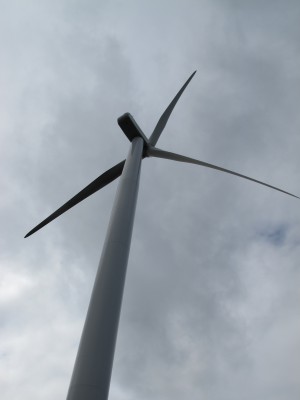International Energy Agency Says Shale Gas Could Inhibit Alternative Energy Sources, But Also Reduce Coal Emissions
On Tuesday, the International Energy Agency released a report on best practices for extracting natural gas. The report, “Golden Rules for the Golden Age of Gas,” assumes that without attention to environmental and social costs, the world’s energy market will not be able to benefit from the full potential of shale gas. But, according to the report, if companies and regulators adopt the “Golden Rules,” opposition to gas extraction will subside, and natural gas will surpass coal as the world’s second largest source of energy by 2035. StateImpact reported on the IEA’s recommendations.
But buried on page 91 of the report, is a discussion of the impact of CO2 emissions. On the one hand, the IEA report says the depression of natural gas prices, which coincide with increased development, will reduce the number of coal burning power plants across the globe. But there’s a flip side to that low cost of natural gas. It will also reduce the development of alternative sources such as wind and solar, and alone, natural gas won’t do the job in reducing global warming.
“The Golden Rules Case puts CO2 emissions on a long-term trajectory consistent with stabilising the atmospheric concentration of greenhouse-gas emissions at around 650 parts per million, a trajectory consistent with a probable temperature rise of more than 3.5 degrees Celsius (°C) in the long term, well above the widely accepted 2°C target. This finding reinforces a central conclusion from the WEO special report on a Golden Age of Gas (IEA, 2011b), that, while a greater role for natural gas in the global energy mix does bring environmental benefits where it substitutes for other fossil fuels, natural gas cannot on its own provide the answer to the challenge of climate change. This conclusion could be changed by widespread application of technologies such as carbon capture and storage, which could reduce considerably the emissions from the consumption of gas (and other fossil fuels); but this is not assumed in the period to 2035.”
The IEA urges simultaneous investment and development in low-carbon technologies, energy efficiencies and carbon capture and storage, also known as “clean coal.”

















